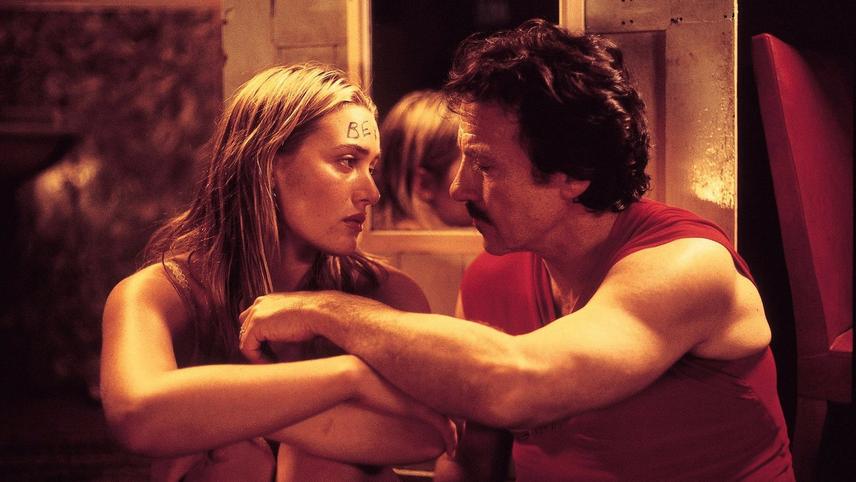Holy Smoke! (1999)

Holy Smoke! (1999): A Wild, Unsettling Dance Between Freedom and Control
Jane Campion’s Holy Smoke! is not a film that seeks comfort. Released in 1999, this provocative, surreal, and often darkly comedic drama explores the tangled dynamics of belief, identity, and control — all wrapped in the scorching heat of the Australian outback and the emotional firestorms of two unforgettable characters.
At its core, Holy Smoke! tells the story of Ruth Barron (Kate Winslet), a young Australian woman who falls under the spell of a spiritual guru while visiting India. Alarmed by her sudden transformation, her family tricks her into returning home, where they hire PJ Waters (Harvey Keitel), a self-styled “cult deprogrammer,” to bring her back to “reality.” What begins as a psychological intervention quickly spirals into a strange, intimate power struggle.
Kate Winslet: Unhinged and Unapologetic
Winslet, known for more restrained roles at the time, throws herself completely into Ruth — bold, sensual, stubborn, and maddeningly free. Campion’s camera lingers on her in ways both empowering and uncomfortable. Ruth isn’t just rebelling against family or culture; she’s testing the very boundaries of her own psyche. Winslet’s performance is electric, messy, and intentionally provocative.


Keitel’s PJ: Macho Meets Madness
Harvey Keitel’s PJ is an equally layered character — authoritative yet fragile, confident yet ultimately unraveling. What begins as a mission to control and “fix” Ruth turns into an existential crisis for PJ himself. As the days stretch on in their isolated desert setting, the balance of power begins to tilt dangerously. Campion invites us to question: who is really in control here?
Themes: Feminism, Faith, and the Fragility of Ego
Campion, one of the few prominent female auteurs of her time, brings a distinctly feminist perspective to Holy Smoke!. The film critiques patriarchal structures — not just in religion, but also in relationships, family, and even psychology. It refuses to draw clean moral lines. Ruth’s spirituality is not idealized, and PJ’s authority is far from absolute. Both are unreliable narrators in their own ways.
The desert setting acts as a purgatory, a liminal space where identities disintegrate and reassemble. Campion’s visual style is raw and hallucinatory, aided by Dion Beebe’s dreamlike cinematography and a haunting soundtrack that mixes pop with spiritual overtones.
Reception and Legacy
Holy Smoke! divided critics and audiences upon release. Some hailed its daring approach to gender politics and emotional vulnerability; others found it incoherent or even offensive. But perhaps that was Campion’s intention — to make viewers squirm, to blur the line between empowerment and exploitation, to ask difficult questions without offering easy answers.
Today, the film stands as a cult curiosity — flawed, bold, and undeniably singular. It may not be for everyone, but for those willing to confront its uncomfortable truths, Holy Smoke! burns with a strange, unforgettable fire.











